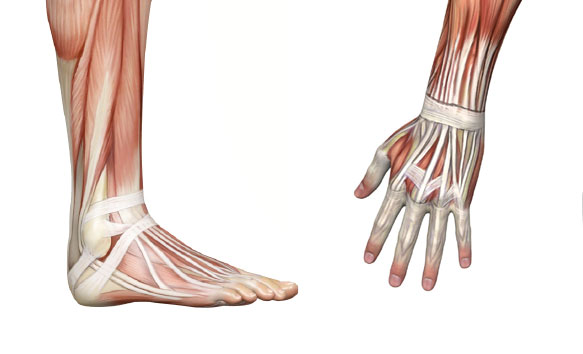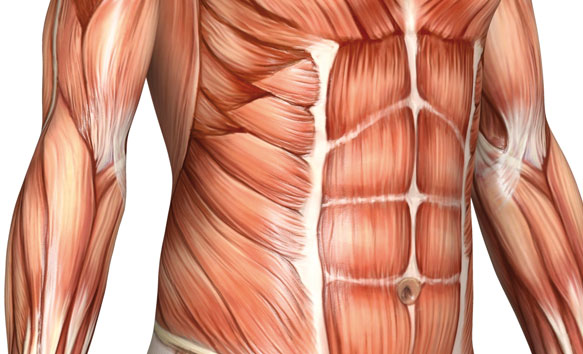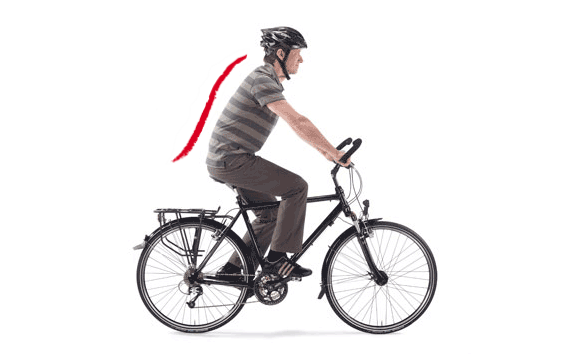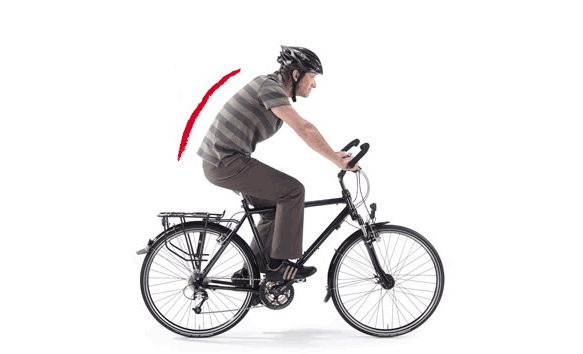Muscle work
Slide 1

On a bicycle the whole body is in action – a great many muscles are involved, and each muscle has its counterpart. Because all of the forces need to be balanced out before you can begin to experience true "riding comfort".
The basic rule: Deliberately cycle "dynamically". Make sure that you actively use lots of muscles. Relieve the pressure on the three contact points with the bike, that is the hands, buttocks and feet, by regularly using a variety of riding techniques and positions.
Slide 2

The shoulder muscles play an important supporting role. They reduce the load on the back and the pressure on the hands, while also cushioning terrain impacts.
The back muscles stabilize and straighten the spine and position the pelvis. They cushion impacts transmitted from the ground and keep the torso and head in the desired position.
Slide 3

The buttocks bear up to 50 percent of the load. Possible causes of pain: the saddle is positioned too high above the handlebar level, the distance between the saddle and the crank is not right, the saddle is at the wrong angle, the saddle is unsuitable, the pelvis is "upright".
Slide 4

The hands are especially "load-sensitive" and can only bear about 20 percent of the load acting on the body. Possible causes of pain: The arms are straightened, the torso and arms are at an unfavorable angle (excessive stress on the arms), the handlebars and grips are not optimally shaped.
The feet permanently carry 100 percent of the body's weight and can even withstand up to 1000 percent during jumps. That's why the feet should always be optimally positioned on the pedals.
Slide 5

The stomach muscles are the counterpart to the back muscles and stabilise the pelvis and back. Backache is often caused by weak stomach muscles!







